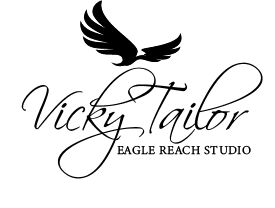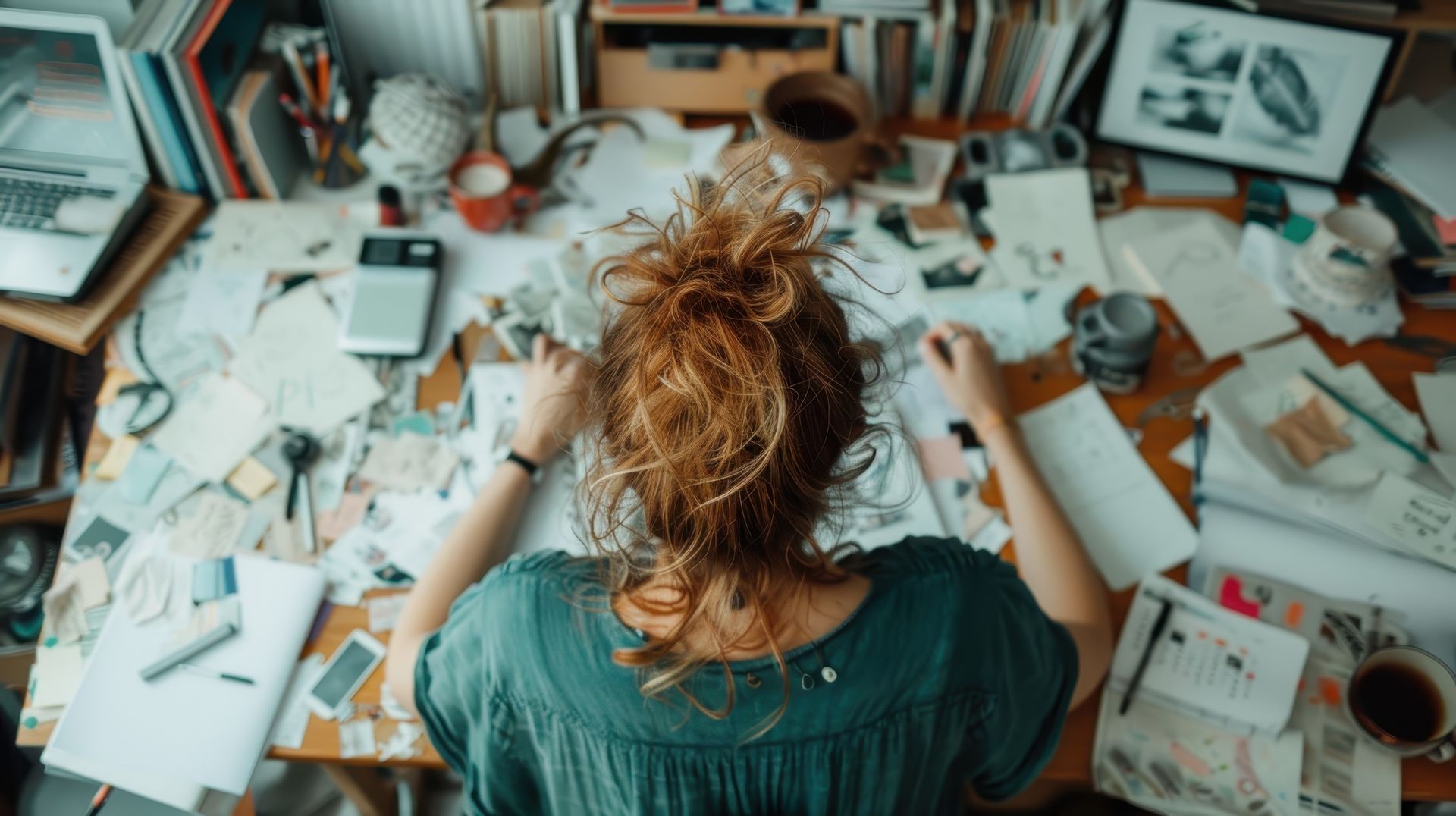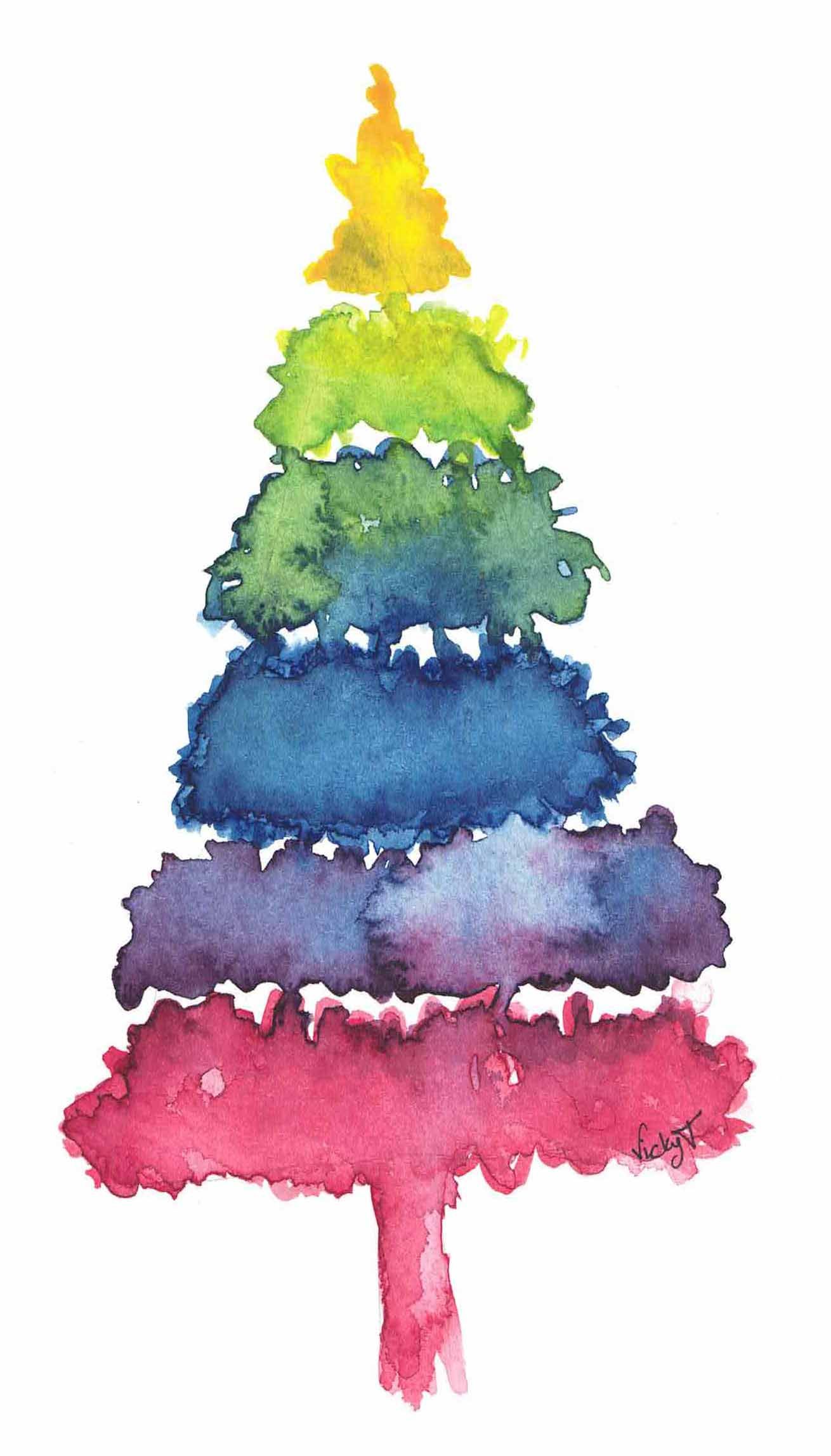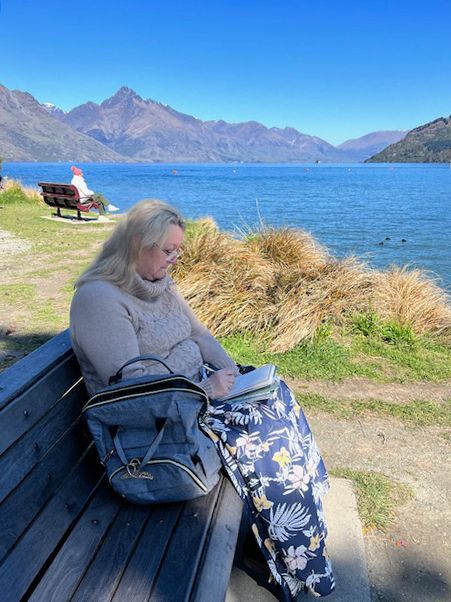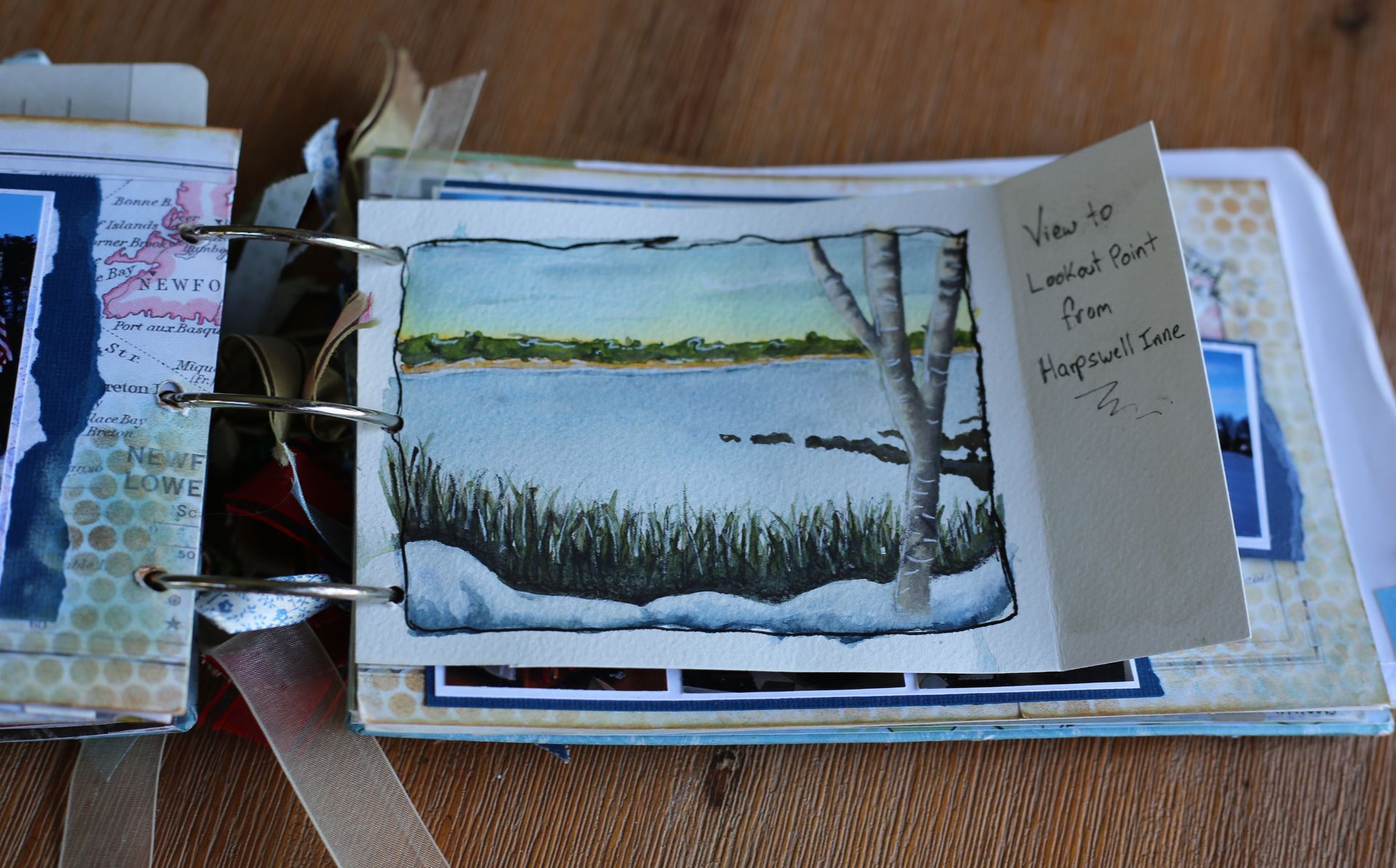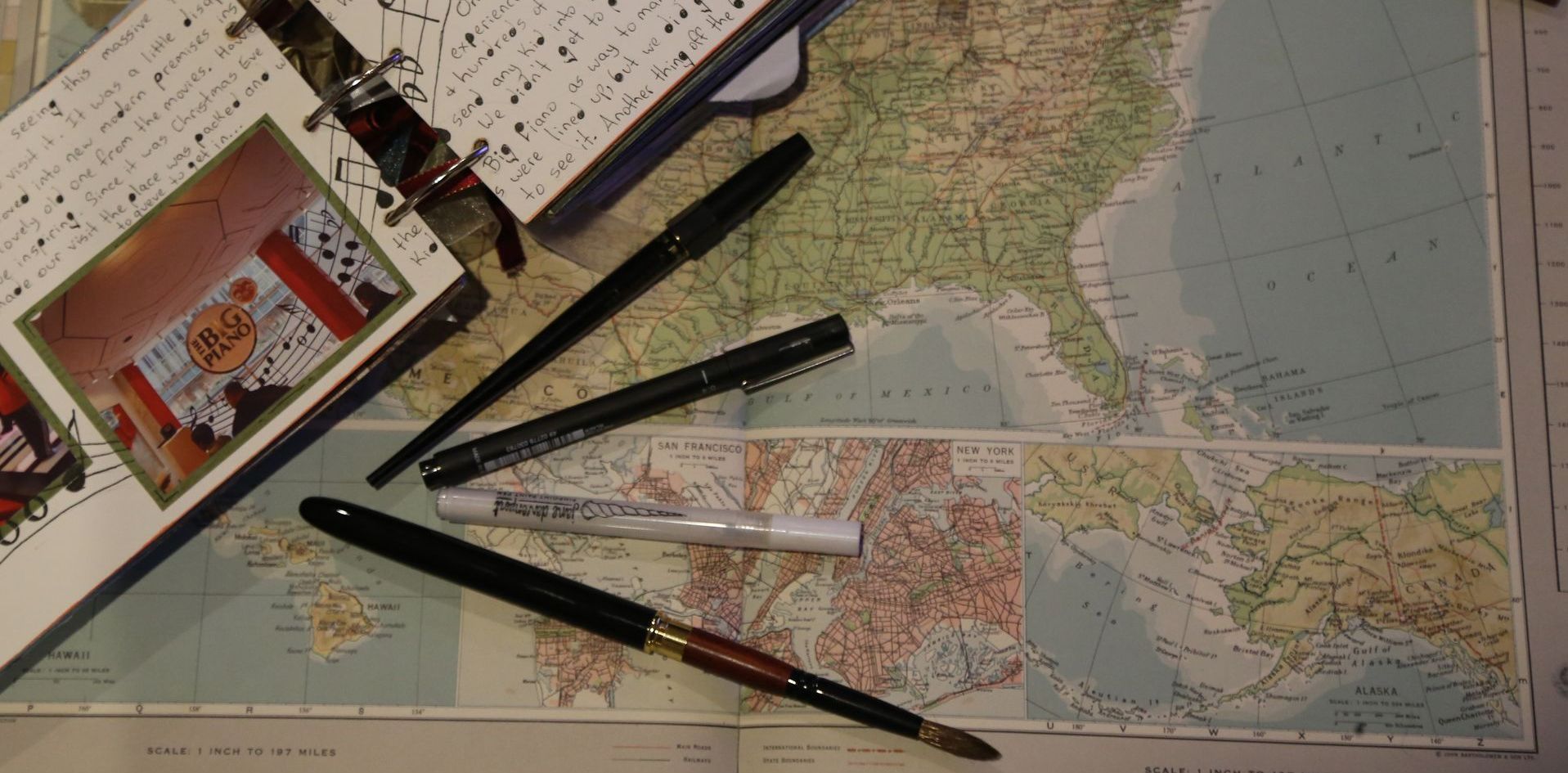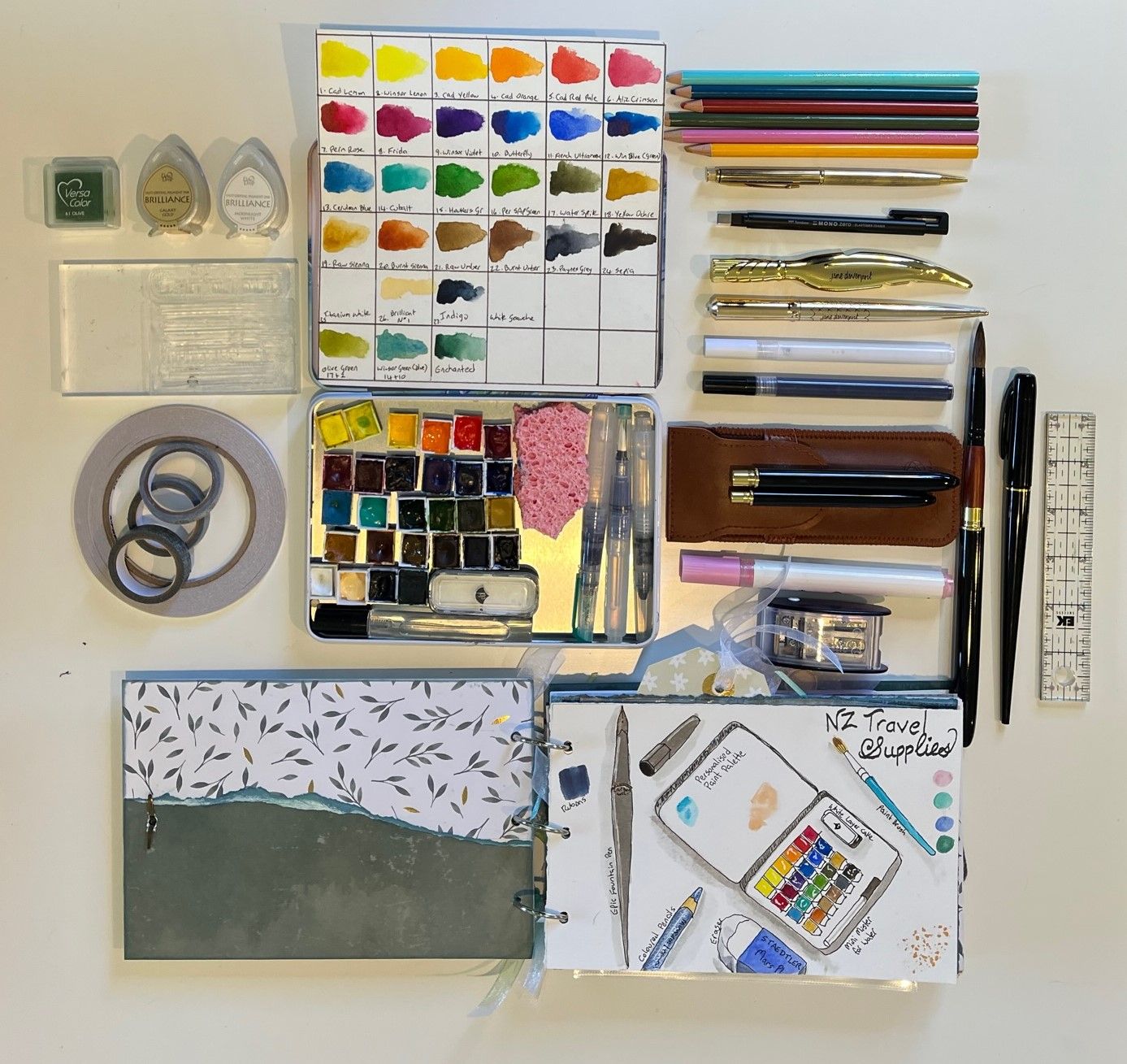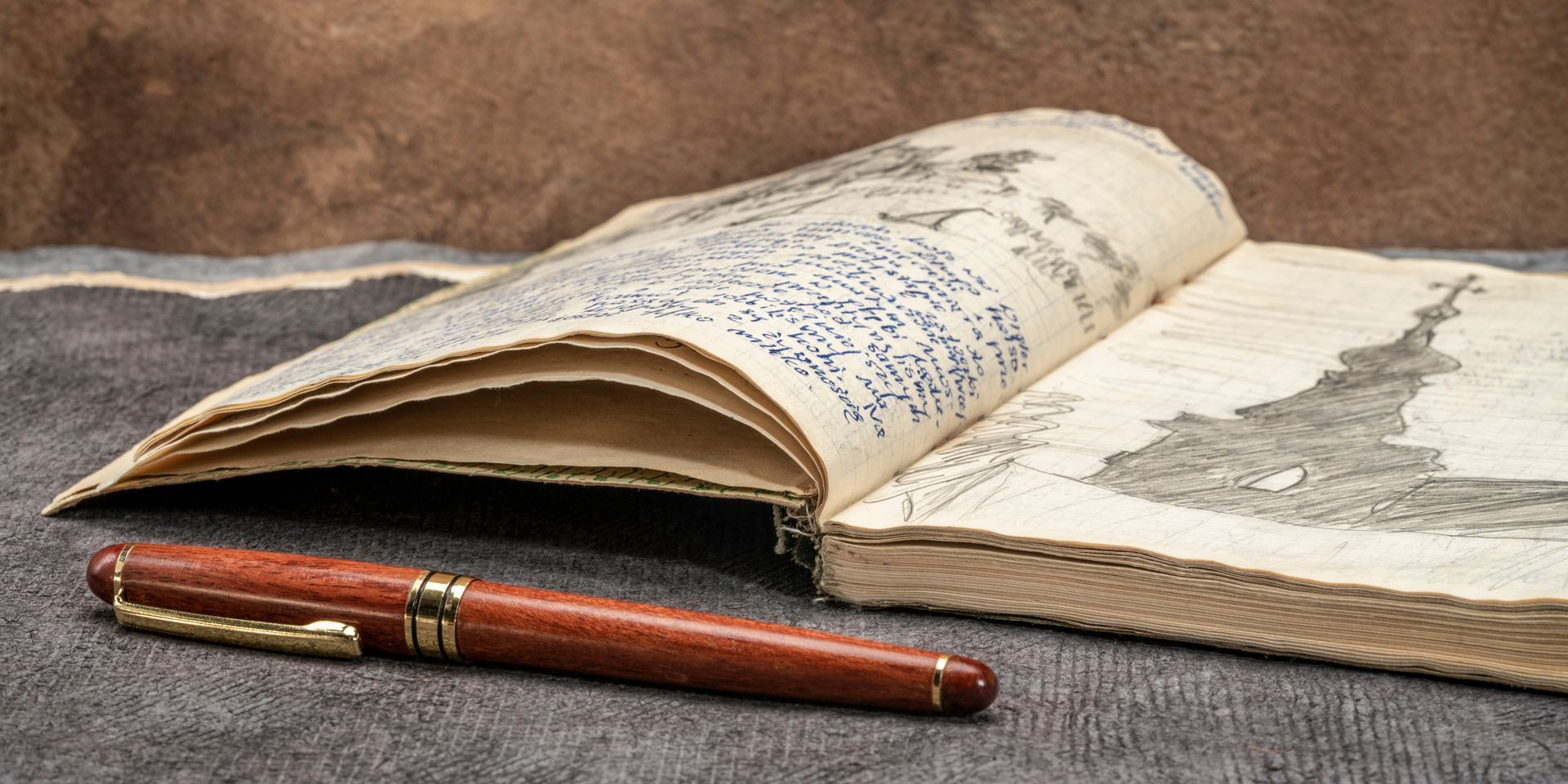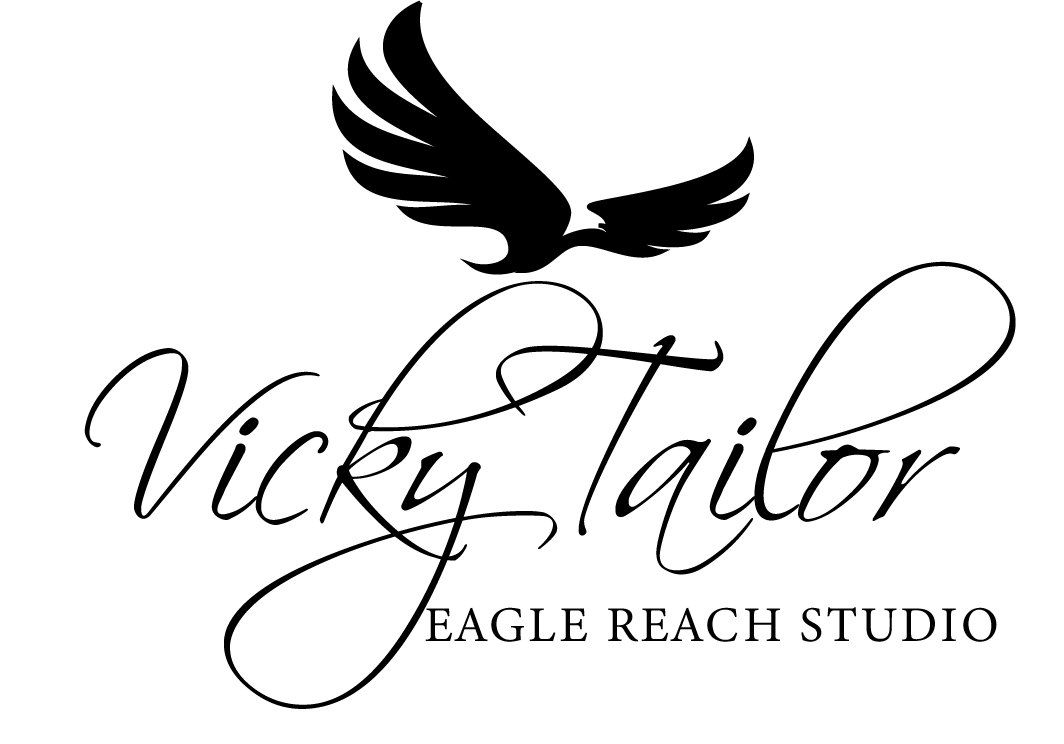Making Alcohol Inks
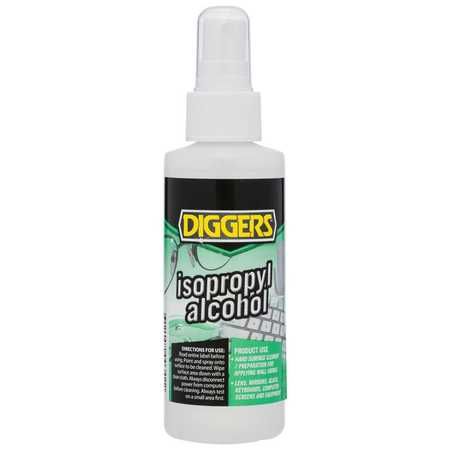
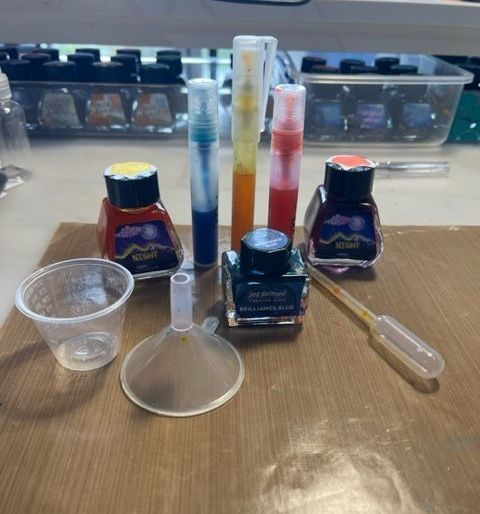


Yes I made my own alcohol inks
WARNING: The fumes from alcohol inks and isopropyl alcohol can be quite strong. Always use in a well ventilated area
General
Alcohol ink is different from any other pigmented ink or paint you will use as it is meant to sit on top of your substrate (surface) as opposed to sinking into it. It can be blown around or carried across a non-porous substrate.
The alcohol in the ink dries very quickly and leaves intricate and quite beautiful waves of colour.
Alcohol inks can be quite expensive for a very small amount. For example in Australia Pinata Alcohol Inks & Tim Holtz Alcohol Inks both in 14ml bottles will cost you around $7 each.
I decided to experiment in making my own alcohol inks with acrylic paints and inks to see how they compared to my Tim Holtz Alcohol Inks.
Materials
- Isopropyl alcohol (IA) - also known as rubbing alcohol, in the UK known as surgical spirit and in the US as an ethanol-based liquid. You can buy IA in chemists and hardware stores. In Australia you can get a bottle like the one at left (125ml) for around $10.00 (~99%).
- Acrylic paints – I used Jo Sonja’s Artists’ Colours and Atelier Interactive Artists’ Acrylic
- Watercolour Inks – I used Jane Davenport “Creative Juices” and Van Diemen’s Fountain Pen Inks
- Small plastic bottles or small spray bottles
- A small plastic funnel for pouring the IA into the bottles
- Pipette
- Small plastic measuring cup
- Small metal ball bearings for mixing (optional)
- Glossy paper – such as photopaper (I used Epson printer paper)
Let the Experiments Begin
Experiment # 1 – Acrylic Paints
- Firstly, I gathered all supplies and equipment together.
- I chose a colour and squeezed a small amount into the bottle, about 2ml of acrylic paint to the bottle and then 20ml of IA. I can always add more later if the colour isn’t pigmented enough.
- I started by adding 20ml of IA to the bottle and gave it a good shake (I did add a ball bearing as well).
- I tested the ink on a piece of photo paper and realised it was too thick. I added another 10ml of IA.
- Now we are starting to get the reaction I wanted. But I decided another 5ml might just make it perfect. Which it did.
Conclusion – You only need a very small amount of the paint so resist the urge to add more until you have tested it. You need to have a waterlike consistency with the final ink.
They do mix a little with each other but you will also notice that there is some separation in some colours (especially blue for some reason).
The blue’s didn’t really want to mix with any other colours and in a lot of instances “pushed” the other colours away.
To be honest they don’t totally measure up to the ones you buy. However, the resulting ink still creates some interesting effects.
Because the acrylics I used were matte acrylics the results weren’t shiny like the commercially made inks.
PLEASE NOTE: My first set of experiments with acrylic paints I only had 64% IA which might have resulted in, what I would call, a “failure” with this experiment. I have not yet tried it with the higher strength IA but I decided not to do that experiment as I feel certain it would still result in matte looking Inks which is not what I wanted.
Experiment # 2 – Watercolour Inks
The spray bottles I used hold about 10mls
- I added 5ml of IA to each of the 3 spray bottles.
- Then using the pipette I added 10 drops of JD Creative Juice in Brilliance Blue.
- In the second spray bottle I added 20 drops of Van Dieman’s Ink in Dawn (a pink)
- In the third spray bottle I added 20 drops of Golden Orb Web (this yellow ink has glitter in it and is just gorgeous).
Conclusion – I honestly didn’t think that water-based inks would work but to my wonderful surprise – they make the BEST alcohol inks. They interact with each other really well and dry with a beautiful glossy finish. PLUS – even though you can’t see it in the photo at left the glitter in the Golden Orb Web ink even remains on the paper when dry. The IA and ink don’t separate so you don’t need to shake to mix them.
In Summary
I will definitely be making alcohol inks using liquid inks in the future. The range of colours available in the commercial alcohol inks can be a bit limited, but there is a huge selection of colours in inks. I am especially excited to make more alcohol inks with glitter in them.
At least now I know I can create any colour I need. So, all in all – a worthwhile experiment.
If you try it yourself please drop me a line and let me know your thoughts and how you go.

